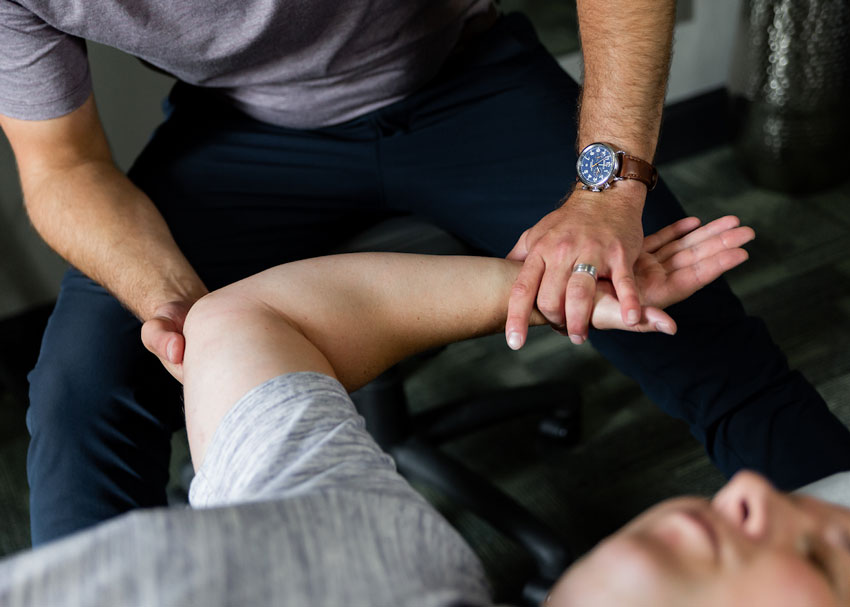“THE ROTARY CUP?” WHAT IS IT? Rotator Cuff
Alright I know it’s not called that, but it always cracks me up when a patient comes in and tells us they have “rotary cup” issues. To be fair, your “rotator cuff” does rotate and the glenoid cavity does look a little like a cup or saucer. Anyways to clarify, the rotator cuff consists of the shoulder blade(scapulae), arm (humerus), shoulder capsule, and four main muscles (supraspinatus, infraspinatus, teres minor, and subscapularis). When the joint or the muscles are compromised from just general wear and tear, any trauma, inflammation, one could state that they have rotator cuff issues. So let’s discuss what are some common reasons for rotator cuff issues, why does it happen, what can you do for it, and how can we help with this issue.
THE WHAT AND THE WHY
Some common reasons for rotator cuff issues are supraspinatus impingement/strain, subacromial bursitis, scapulae-thoracic dyskinesis, even labral tears. While all of these are very different issues they all have similar driving factors: trauma and/or degeneration. Macro-trauma such as falls or collisions can cause acute tears, which is generally seen in younger patients resulting in supraspinatus, bicipital, or even labral tears. Micro-trauma develops over time, causing joint/tendon degeneration.
With insufficient healing, this leads to changes that eventually cause dysfunction shoulder movement that results in impingement, scapulae/thoracic dyskinesis, and pain. While there are other reasons for rotator cuff issues, such as hormonal imbalances causing frozen shoulder or even autoimmune/inflammatory attacks to the shoulder joint without trauma, they are less likely.
WHAT CAN YOU DO?
One of the most important things you can do to reduce the risk of injury, for any joint, is to use it. I’m sure you have heard the old adage, “If you don’t use it, you lose it.” Well there’s a lot of truth behind that in regards to our joints. The more we use and load our joints, the healthier they stay. Proper movement actually has an inverse relationship with degeneration and osteoarthritis. So essentially the more we lift, swing, and push, the better off we will be. Working on obtaining a full range of motion in our shoulder along with being able to control that motion is extremely crucial.
WHAT CAN WE DO?
Here at ProActive as with every injury or issue, we strive to understand what is the sole root of the issue. Following an in depth exam, we can often narrow down if your shoulder complaint is really coming from your rotator cuff or is actually referral pain. According to the literature up to 48% of “shoulder” complaints are actually being influenced by the spine, and 82% of those can be reversed with conservative care. We can then provide manipulation to the shoulder and surrounding joints/spine, show self proper mobilizations/biomechanics, and even provide pain relief with dry needling, manual therapy, and even IASTM. So if you have questions about why your shoulder is wreaking havoc on your day to day life, come see us!
HOW CAN WE HELP? LET’S WORK TOGETHER!
If you feel like you’re having issues like this or something similar, call us today at 260-927-0581 or schedule an appointment online! There is no reason to live in pain. As always, we are here for you at ProActive Spine & Joint. Move well, live well: that’s what we want for our community and for you.

